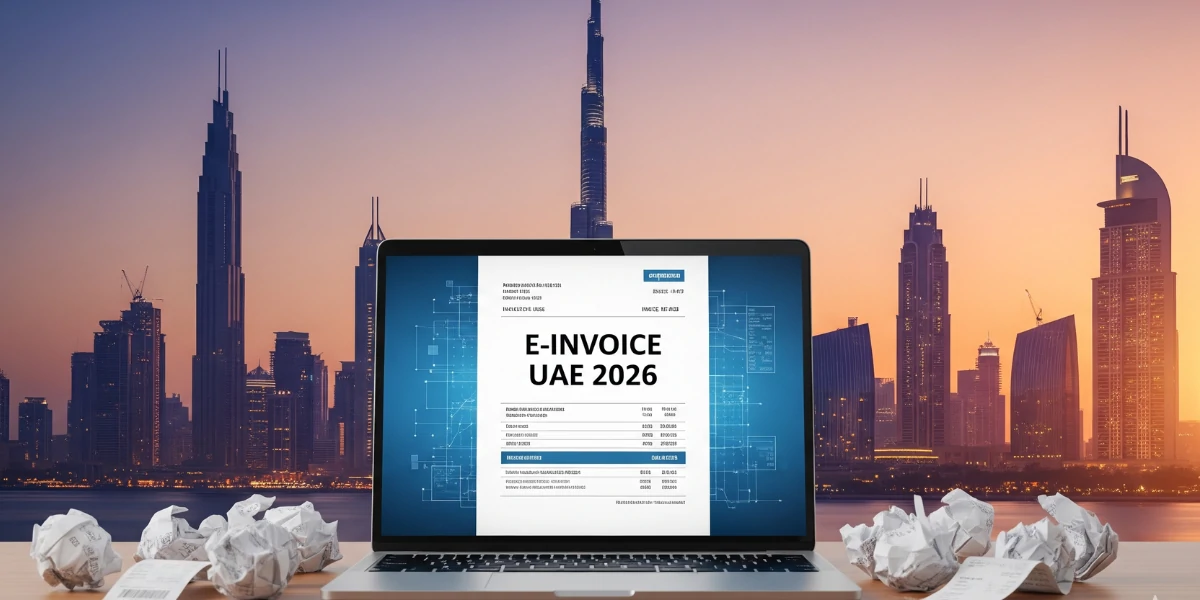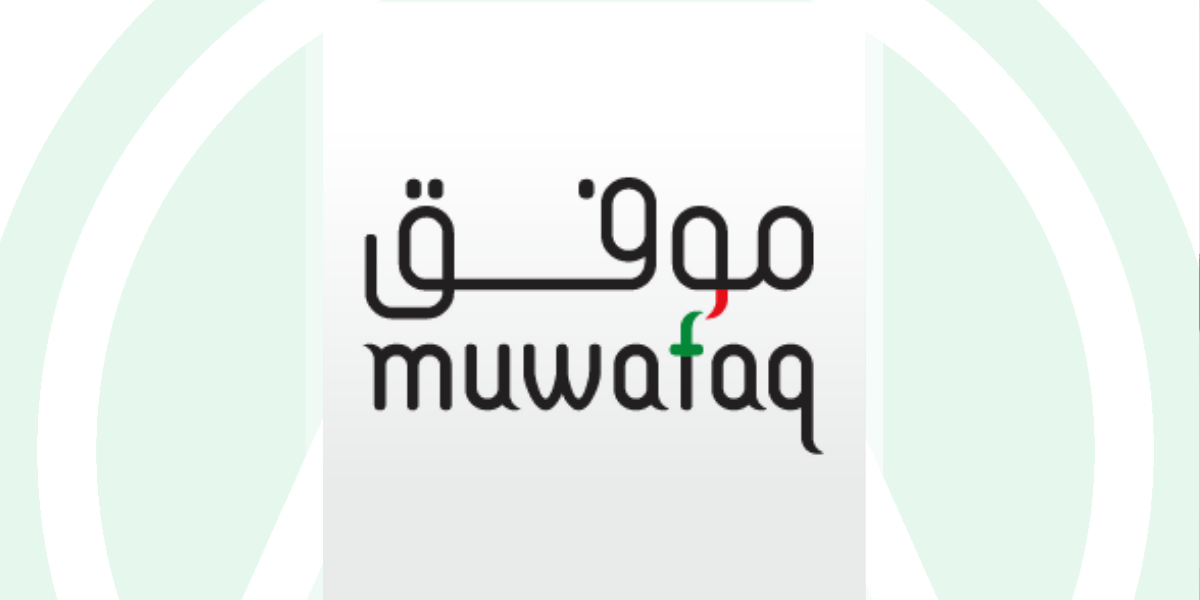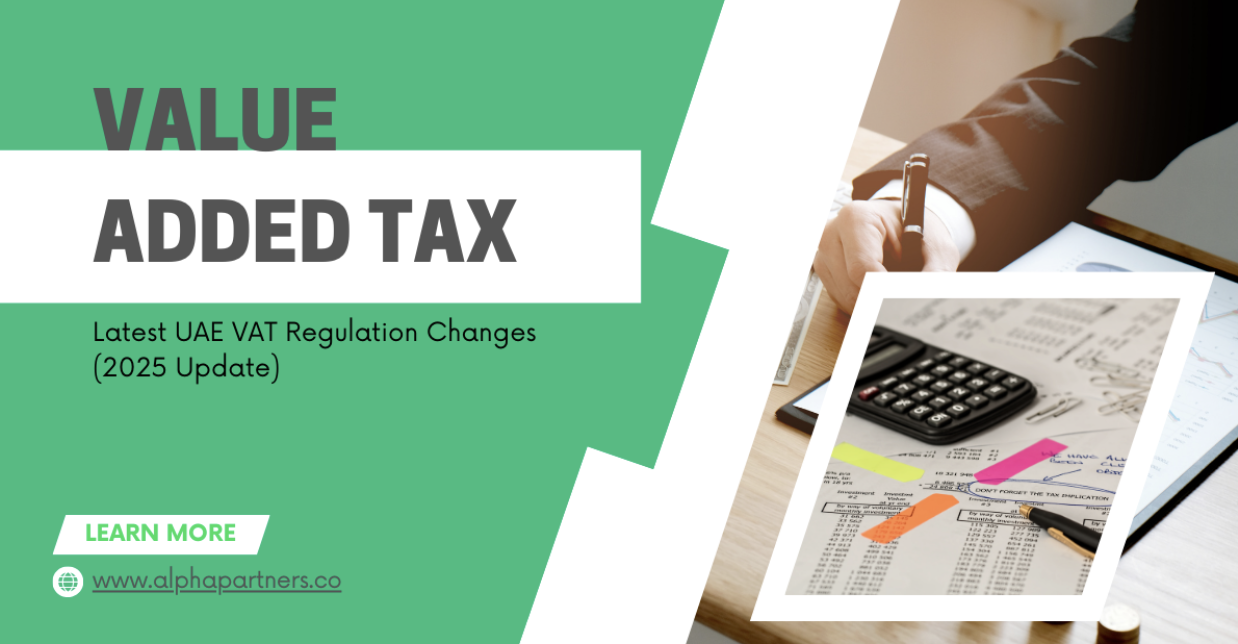Top Tools to Optimise Project Management Workflow for PR, Branding, and Marketing Agencies

In many cases, the services provided by creative agencies such as Marketing, Branding, and PR consultancies are mainly project-based work. This would usually be in the form of campaigns and product launches but retainer work is also commonly project-based. Managing project-based services is not without its challenges - tracking costs, raising purchase orders, invoicing quotes, and estimates while at the same time managing the deliverables, people and profit margins is a challenging task. In this article, we discuss the process of managing project-based services and provide potential solutions to help in this process. A project is generally a one-off, time-bound enterprise that serves a very specific purpose and results in a very specific outcome. For example, an annual outdoor event is a time-bound project, serving a specified purpose and outcome. When both the purpose and outcome have been reached, the event is over for that period.
The project management of the event is the handling of all the activities related to it. Project management workflow is the process of ordering tasks and activities between key milestones into an efficient and meaningful sequence. Workflow is part of our everyday lives. It is happening right now, as you sit at your desk, writing that email to a supplier or following up on a task a colleague is responsible for. Like projects, all businesses and organizations have ongoing processes of workflow. Without these, little would be achieved! The successful completion of individual tasks usually requires that projects pass through a series of stages. Regardless of size and complexity, all individual projects have their patterns of workflow. Effective project management workflow systems should help you to organize and record the stages of the workflow. A good workflow process will create a series of steps directing you and your team towards a final destination.
The most efficient, and the best lit path will ensure the smoothest ride. So what does Workflow mean when it comes to Project Management? Project Management Workflow can be broken down into two parts:
- Workflow - the series of steps that need to be taken to complete tasks, and how you move between them.
- Project - one-off and usually timebound event which serves a very specific purpose and results in a very specific outcome.
A workflow is therefore the steps required to ensure that the one-off project can be finalized. The successful completion of individual tasks usually requires that projects pass through a series of stages. Regardless of size and complexity, all individual projects have their patterns of workflow. Effective project management workflow systems should help you to organize and record the stages of the workflow. A good workflow process will create a series of steps directing you and your team towards a final destination. The most efficient and best-lit path will ensure the smoothest ride. Some agencies use multiple systems which do not connect and/or use excel to achieve better-organized workflow systems. However, the use of a software tool such as WorkflowMax can improve your effectiveness as it has many of the features required to assist with workflow and it also integrates seamlessly with accounting software such as Xero. Using a single system for workflow is important due to the following reasons:
- Improves overall efficiency - Workflow systems reduce paper trails and keep everything in one centralized, easily accessible place.
- Allows for collaboration - The best project management workflow systems have in-built collaboration tools that make communication easier and more cohesive.
- Makes reporting easier and more transparent - Workflow project management software has tools that make reporting simpler, faster, and more accurate.
- Keeps people connected - Mobility is now the norm for many work teams today. When your project management workflow systems are mobile-friendly, workers who are traveling, off-site, or telecommuting can easily check up on project status and update their own.
- Collaboration made easy - Working on projects and tasks means that you rely on and work with multiple stakeholders to ensure that deadlines and tasks are completed on time and within budget. The collaboration manager in Workflow Max allows you to share information between users easily. This includes emails and attachments of leads, jobs, and quotes all on one page.
Time tracking
Time is money therefore ensuring that non-billable hours are reduced to a minimum is a challenge for all types of agencies. Using spreadsheets or a system that does not integrate with your accounting software will cause inefficiencies and therefore using software such as Workflow Max and integrating it with accounting software such as Xero will greatly create efficiencies and ultimately improve the billable hours available for your staff. Every individual has their preferred way of working and WorkflowMax allows you to record time in 8 different methods which include pressing a “start” button within the dashboard or from the timesheet tab of the software. You can also enter the time via the daily or weekly input option which enables you to enter time in bulk or time tracking can be done via the mobile app.
Recording non-billable time
In an ideal world, most if not all agencies would want to track every minute, for every staff member, for every day of the year with the ability to report on that time in exquisite detail.
Getting these deep insights into how and where you might be able to improve productivity in your business is essential and should be near the top of your wish list.
Workflow Max allows you to measure time with two types of non-billable time.
- Non-billable time on billable jobs - This type of non-billable time relates to actual time incurred on a billable job that needs to be written down, or written off. Examples can be overruns that a client has not agreed to take on.
- The non-billable time does not relate directly to any billable jobs - This is commonly called ‘internal time’ and is tracked by way of an ‘internal job’. Examples of these include internal staff meetings, administration such as checking emails, HR admin, accounts admin, etc, staff leave (annual holidays, sick, bereavement, maternity, study, etc.), public holidays, training and professional development, and conferences and expos.
More and more businesses are starting to look into cloud-based Project Management Software as a way to streamline their business processes to increase efficiency, profitability, and productivity. Not having such software can also hinder the scalability of your business as all information on client projects is kept in the heads of a few employees.
DISCLAIMER
This article is written in general terms and therefore cannot be relied on to cover specific situations; application of the principles set out will depend upon the particular circumstances involved and we recommend that you obtain professional advice before acting or refraining from acting on any of its contents.

.webp)















.webp)
.webp)


.png)
.png)
.png)
.png)
.png)

.png)
.png)



.png)
.png)





.jpg)


.jpg)





.png)
.png)








